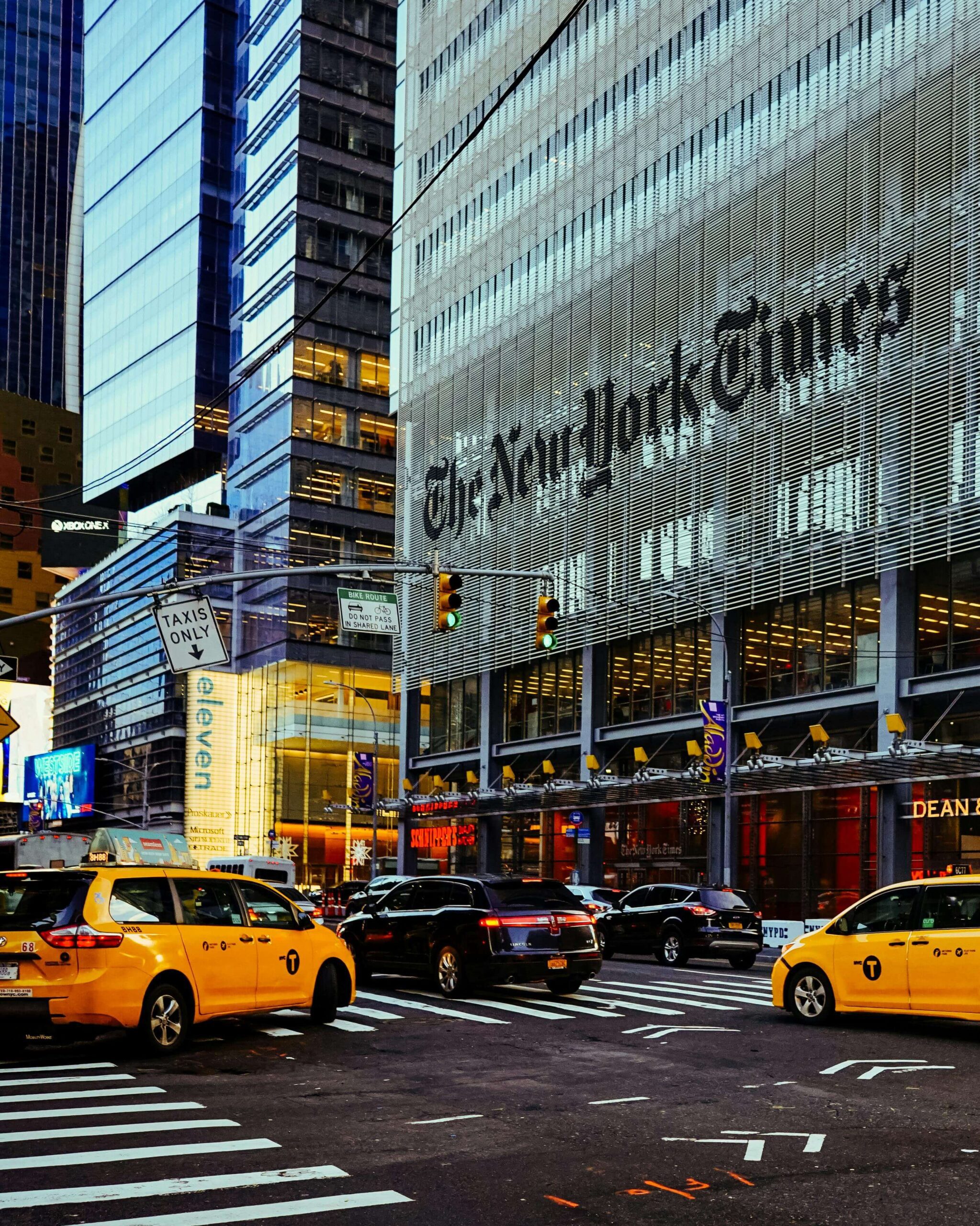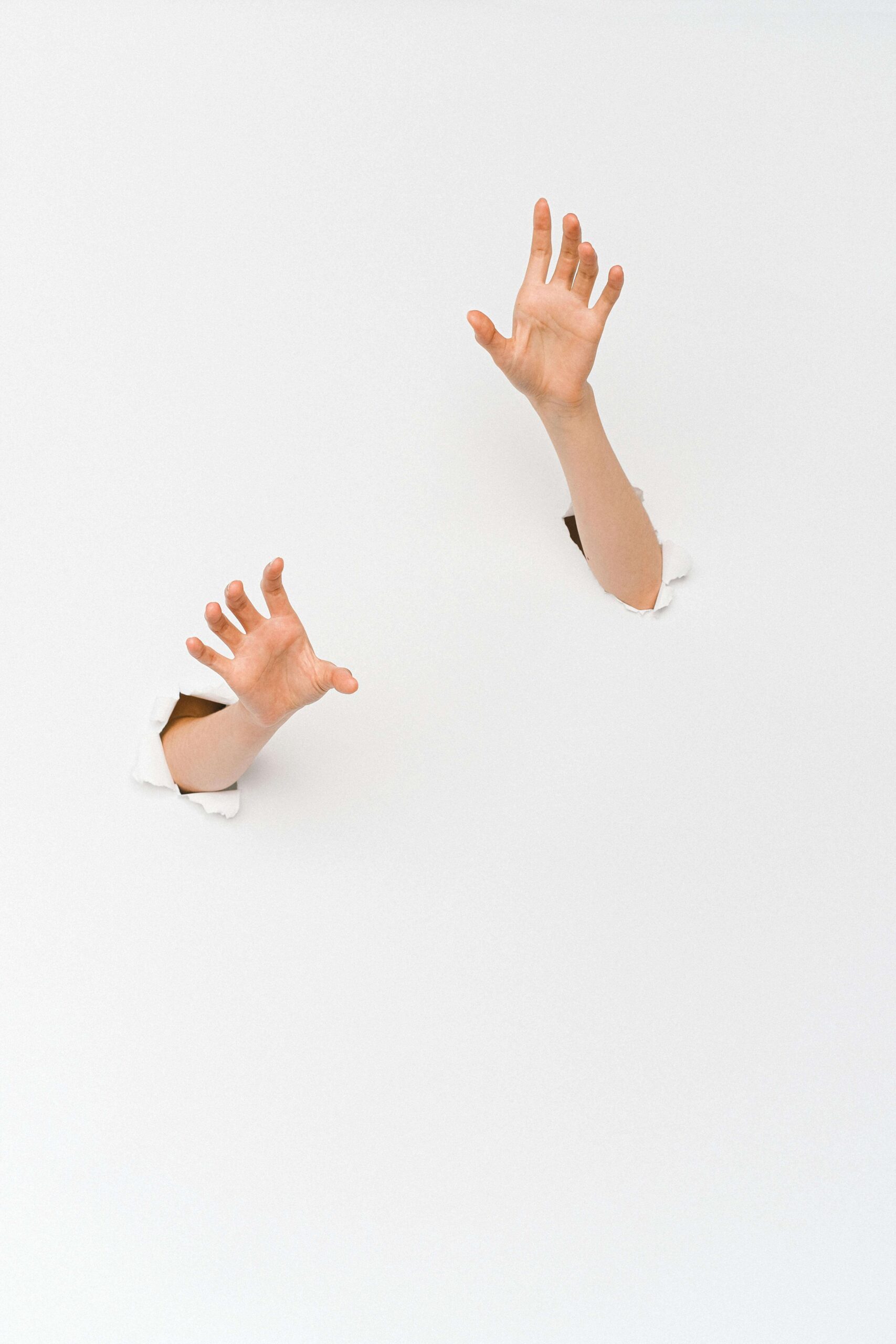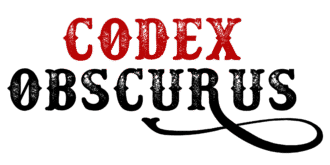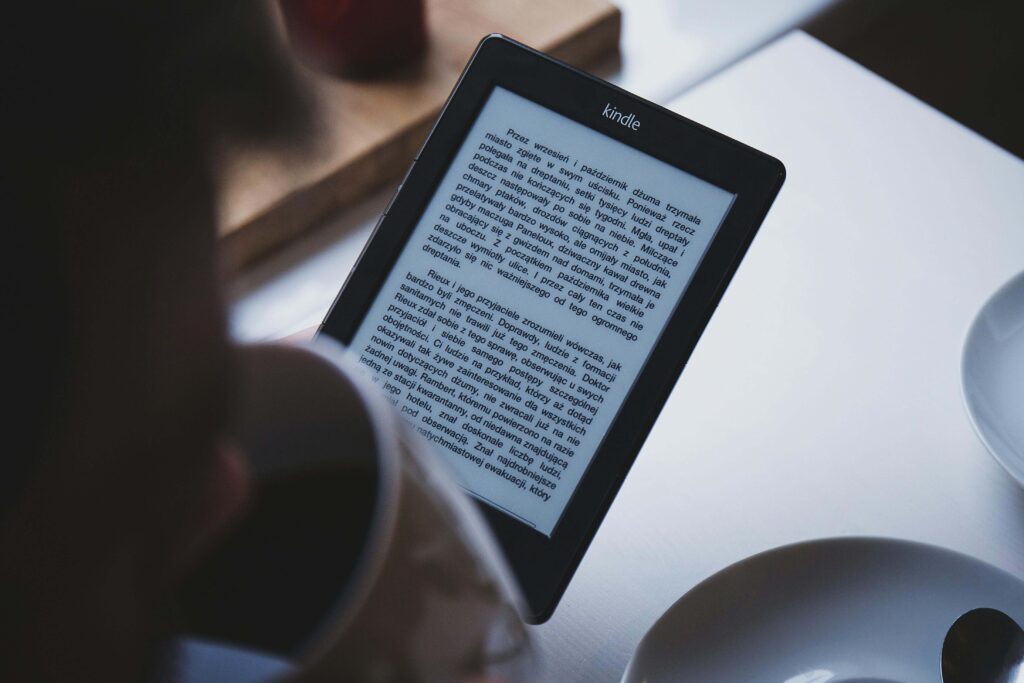
Every year, thousands of books hit the market. Some make a splash, most fade quietly. But a few rise to a different level and earn a spot on the NY Times Best Sellers list.
That list is more than a ranking. It’s a signal to readers, publishers, and the entire industry that a book is making waves in culture.
The NY Times Best Sellers list carries weight because of what it represents. It tells people your work has momentum, reach, and relevance.
It puts your name in front of decision-makers who can take your story far beyond the bookstore—into film studios, international editions, conference stages, and lifelong reader circles.
Books that appear on this list tend to stay in circulation longer, spark more conversations, and receive a kind of attention that extends well past launch day. Whether you’re a first-time author or an established name, this milestone can shift your entire career.
What many aspiring authors overlook is how the list works. It’s not a straightforward sales leaderboard. Success on the NY Times Best Sellers list depends on the timing, source, and distribution of your book sales.
Copies sold through specific independent bookstores often weigh more than those through bulk corporate orders. Regional patterns matter. Pre-order momentum matters. Format and category also play a role.
You might sell thousands of copies and get ignored. Meanwhile, someone with fewer sales but better placement across NYT-tracked outlets might earn a spot. That’s why strategy matters as much as content.
If your goal is to become a NY Times best seller, you need a plan that starts well before your book hits shelves. Smart marketing, targeted distribution, strong pre-launch buzz, and deep audience engagement all play critical roles. Hitting that list is possible—but not by accident.
What Is the NY Times Best Sellers List?
The NY Times Best Sellers list began in 1931 and has evolved into one of the most powerful indicators of success in publishing.
For many authors, it’s the gold standard—the list that agents, editors, and even Hollywood producers keep tabs on. It doesn’t just reflect what’s selling; it reflects what the industry takes seriously.
There are multiple lists divided by format—hardcover, paperback, eBook, and audio—and further broken down by genre, like fiction, nonfiction, children’s books, and advice/how-to.
That means your book doesn’t have to compete with every title out there. It competes within its category, which is both a relief and a challenge depending on what you’re writing.
Each week, The New York Times collects sales data from a carefully selected group of retail outlets. This includes independent bookstores, national chains, and major online retailers.
But not all stores count, and the ones that do are kept confidential. That’s why two authors with similar sales numbers might have very different outcomes. One might make the list; the other won’t even get close.
From what I’ve seen with clients who run product-based businesses and later publish books, it’s not just about moving units. It’s about where, how, and when those sales are happening.
A flood of sales from a niche website or bulk orders from a single source won’t hold the same weight as a spread of consistent, nationwide purchases across NYT-reporting stores. That’s why strategy and timing are baked into the entire process from day one.
How the NY Times Best Sellers List Works
Contrary to popular belief, the list isn’t determined by raw sales numbers alone. The Times uses a confidential and selective reporting system, which adds a layer of mystery, and frustration, for many authors trying to reverse-engineer the process.
Sales from indie bookstores carry more weight than bulk orders from a single source. That’s because The New York Times wants to measure organic demand.
They’re looking for books that sell broadly and consistently across the country, not ones that spike due to internal giveaways, backdoor bulk buys, or author-funded campaigns.
Regional spikes, timing, and even how a book is categorized can affect its chances. A book listed in the wrong genre, or released during a crowded publishing week, can easily get overlooked, even if the numbers look solid on paper.
The more places your book shows up, the more opportunities you create to drive meaningful, chart-worthy sales.
They are also known to filter out large-quantity purchases, like when an author buys thousands of copies of their own book through one retailer.
I’ve seen this catch authors off guard. One client I worked with, an online seller who turned their business journey into a book, ran a bulk deal with a company that bought 3,000 copies. Impressive, yes.
But not one of those sales counted toward the NY Times Best Sellers list because it came from a single source and triggered a red flag.
That means the list aims to reflect widespread popularity across different outlets and locations, not manipulation. It rewards real demand, consistent traction, and smart distribution.
If your book is being picked up by individual readers across the country from multiple stores, at different times, in various formats. That’s the kind of footprint that matters.
How to Become a NY Times Best Seller
If you’re serious about making the NY Times Best Sellers list, you need more than a great idea and a well-written book. You need a plan.
From writing a marketable manuscript to nailing your launch strategy and building nationwide buzz, hitting this list takes precision. Here’s a closer look at what it actually takes to become a NY Times best seller, and why every step matters.
Write a Marketable Book
Quality matters. Your story, writing, and structure all need to hit a professional standard. But so does the concept. A clean manuscript won’t make the NY Times best sellers list if the topic falls flat. You need a hook—something that makes people feel, think, or talk.
Books that dominate the NY Times best sellers list often fall into proven categories: thrillers, memoirs, self-help, personal development, and emotional fiction. These genres move fast because they speak to real-life questions and emotions readers are already carrying around.
Think about titles like Atomic Habits by James Clear or It Ends With Us by Colleen Hoover. These books address relatable struggles, clear desires, or emotional conflicts, and they do so with a compelling narrative.
You don’t just read them. You underline them, reread them, gift them. That’s what makes a book marketable: not just how well it’s written, but how deeply it connects.
Secure a Traditional Publishing Deal
You can self-publish a book that sells thousands of copies, but if you’re aiming for the NY Times best seller list, traditional publishing gives you a better shot.
Why? Because the publishing house already has relationships with major retailers and independent bookstores that report to the Times.
These relationships matter. Traditional publishers know how to time your release, get your book into key stores, and set up the kind of distribution that gets noticed by the right sales trackers.
You also gain access to experienced marketing teams, built-in credibility, and a network of professionals rooting for your success.
A good literary agent is essential here. They pitch your manuscript to the right editors, negotiate favorable contracts, and help align the launch for maximum exposure.
They know what editors want, and they’ll tell you if your draft is ready or if it needs serious work before it can even be pitched. It’s not a shortcut, but it’s a smart path when you want to break through.

Pre-Order Campaigns and Launch Strategy
Pre-orders are the secret weapon of many NYT best-selling authors. These sales count toward your first-week numbers and build momentum. When done right, a strong pre-order campaign can create a surge of energy the moment your book officially drops.
You can offer exclusive bonuses for early buyers, partner with influencers, or even use giveaways to drive traffic. But the key is preparation. Most successful campaigns are mapped out weeks, sometimes months, before launch.
With my own clients who run online stores, I’ve seen how launch-week timing can make or break a campaign. One client who built anticipation three months in advance through email and social media outsold their own projections by 400% in the first week.
The same principle applies to books. If you build the buzz early, you walk into launch week with momentum already on your side.
Media, PR, and Influencer Outreach
You need buzz. A killer book with no visibility won’t crack the list. It has to get in front of people, lots of them, and from sources they trust.
That means media features, interviews, podcast appearances, and endorsements from known figures.
Getting your book mentioned by Oprah’s Book Club, Reese Witherspoon, or Jenna Bush Hager can lead to thousands of sales within days. It’s not just exposure. It’s a form of social proof that moves units.
Publicists who specialize in publishing know how to position your book in front of journalists, book reviewers, and bookstagram influencers who can create that groundswell of attention.
And that attention spreads. A feature in the right outlet can lead to a snowball of coverage, boosting sales across key regions and formats.
Timing and Distribution Strategy
Most best sellers are strategically released in quiet weeks, when competition is low. Publishers often plan a release months in advance to avoid clashing with blockbuster names like Stephen King or Michelle Obama.
Why compete for attention when you can claim your own spotlight?
Your book also needs wide distribution—in independent bookstores, Barnes & Noble, Target, and Amazon. And not just availability, but actual placement.
Shelf space. Feature spots. Author events. These are all conversations handled behind the scenes by your publisher’s distribution and sales teams.
Some authors even partner with organizations or clubs to set up bulk sales across regions, always disclosing them in compliance with NYT’s ethics rules.
These kinds of collaborations can give you reach that would take years to build on your own. The more places your book shows up, the more opportunities you create to drive meaningful, chart-worthy sales.
Can Self-Published Authors Become NYT Best Sellers?
It’s extremely rare. While self-published books can dominate Amazon rankings and even hit the USA Today list, the NY Times favors traditionally published titles.
One reason is that most self-published authors sell primarily through Amazon, which doesn’t carry as much weight in the NYT’s calculation. The list draws from a mix of independent bookstores, physical retailers, and select online outlets, many of which don’t regularly stock indie titles.
That makes it harder for self-published books to register the kind of geographically diverse, multi-channel sales the NY Times tracks. Even if you’re moving thousands of units a week, if they’re concentrated in one place, especially Amazon, they might be invisible to the system that determines the list.
A clean manuscript won’t make the NY Times best sellers list if the topic falls flat.
Still, some authors take a hybrid route. They self-publish to build an audience, then land a traditional deal for a future release. This approach worked well for authors like Mark Dawson and Amanda Hocking, who transitioned from indie stardom to mainstream success.
They used self-publishing to prove their value, grow an email list, test their content, and generate buzz that eventually caught the attention of publishers.
I’ve seen a similar pattern with some of my ecommerce clients who wrote business books. They launched independently to their customer base, refined their message, and later attracted traditional publishers for second editions or follow-up books.
Once the infrastructure was in place—agent, distribution, press—they had a much better shot at broader recognition. That first self-published title became the springboard, not the ceiling.
How Long Do Books Stay on the NY Times Best Sellers List?
That depends. Some books peak at #1 for a single week and vanish without a trace. Others settle into the list and stay there for months, or even years, quietly selling thousands of copies week after week.
James Clear’s Atomic Habits and Michelle Obama’s Becoming stayed on the list for over 100 consecutive weeks. That kind of staying power doesn’t happen by accident.
It comes from writing something that keeps proving useful or meaningful long after the launch hype fades. These books live on desks, get recommended in meetings, appear in classrooms, and get gifted during holidays. They make a splash and stay in circulation.
What sets them apart is sustained relevance and word-of-mouth power. Readers aren’t just finishing the book. They’re talking about it, quoting it, and buying extra copies for friends.
Consistent marketing, speaking events, podcast appearances, and brand-building help maintain that momentum. Authors like Clear and Obama stayed visible. They kept showing up.
Whether it was a keynote speech, a media interview, or a timely social media post, they remained connected to their audience. That ongoing presence helps keep sales steady, and that steady rhythm is exactly what keeps a book glued to the NY Times Best Sellers list.
Real-Life Case Studies of NYT Best-Selling Authors
Success leaves clues. If you’re aiming for the NY Times Best Sellers list, it helps to study the authors who’ve already made it, and how they got there. These real-life examples show that while every path looks different, the common thread is intentional effort and audience connection.
James Clear built an audience long before publishing his book. His email newsletter, blog, and speaking engagements created a loyal base. He didn’t rely on a viral moment. He engineered long-term success.
He tested ideas in blog posts, refined his message through newsletters, and listened to what resonated most with his readers.
By the time Atomic Habits launched, it wasn’t just another productivity book. It was a highly anticipated release backed by trust, relevance, and a proven track record. That’s why it stuck around on the NY Times Best Sellers list for over 100 weeks.
Colleen Hoover exploded thanks to TikTok and BookTok. Her emotionally driven stories resonated with younger readers who shared and recommended her books relentlessly.
That grassroots movement helped her dominate both the fiction and young adult charts. She didn’t have a massive publisher campaign behind her in the beginning. She had passion and connection.
Her fans made aesthetic videos, emotional reactions, and reading vlogs that went viral, turning books like It Ends With Us into cultural touchstones. When readers feel seen by a story, they amplify it, and that’s exactly what happened.
Brandon Sanderson ran a record-breaking Kickstarter campaign and then released his traditionally published works to enormous fanfare. His fanbase translated their loyalty into launch-week sales across multiple formats and channels.
What made it powerful was the multi-pronged approach. He offered exclusive editions to his crowdfunding supporters while simultaneously coordinating a polished, traditional release.
That dual strategy helped him maximize exposure and cover every major sales channel from indie retailers to online platforms. He didn’t just write for an audience. He built one that would follow him anywhere.
Is the NYT List the Only Benchmark of Success?
Not at all. Amazon best sellers, USA Today rankings, and Wall Street Journal lists are also respected. Each has a different methodology. The NYT is the most prestigious, but it’s also the most opaque.
You could hit #1 on Amazon in multiple categories and never appear on the NY Times Best Sellers list simply because the systems are tracking different types of data from different retailers.
Plenty of my clients running ecommerce businesses have self-published books that never touched the NYT list but still built huge audiences, landed speaking gigs, and generated passive income for years. One client wrote a book to teach her exact process for scaling an online store.
She never made any national list, but that book landed her a coaching offer, several podcast invites, and thousands of dollars in course sales, without relying on anyone else’s stamp of approval. Success isn’t always tied to one chart.

If you want to be a NY Times best-selling author, treat your book like a product launch. Plan, promote, and build demand long before your release date. Study other authors who’ve done it right.
And above all, write a book that people will recommend to others. A reader who shares your book with three friends is worth more than a spike in first-day sales. Long-term traction comes from word-of-mouth, and that starts with delivering real value.
Publishing is no longer just a creative pursuit. It’s also a business. The sooner you accept that, the better your odds of rising to the top.
Think beyond the manuscript. Think about positioning, partnerships, platform-building, and timing. A solid book without a solid plan will likely fade, no matter how strong the writing is.
Aiming for the NY Times Best Sellers list is ambitious, and that’s a good thing. Ambition makes you level up. It makes you think bigger, act smarter, and tighten every piece of your launch. But if that list becomes your only measure of success, you’re setting yourself up for disappointment.
Focus on impact first. Write a book that solves a real problem, stirs emotion, or sparks conversation. Build an audience that cares about your work, not just your rank. And if you still make the list? That’s your bonus. Not your identity.
Because the real victory is staying read, not just getting ranked. A list might open the door, but a lasting book builds the legacy.




